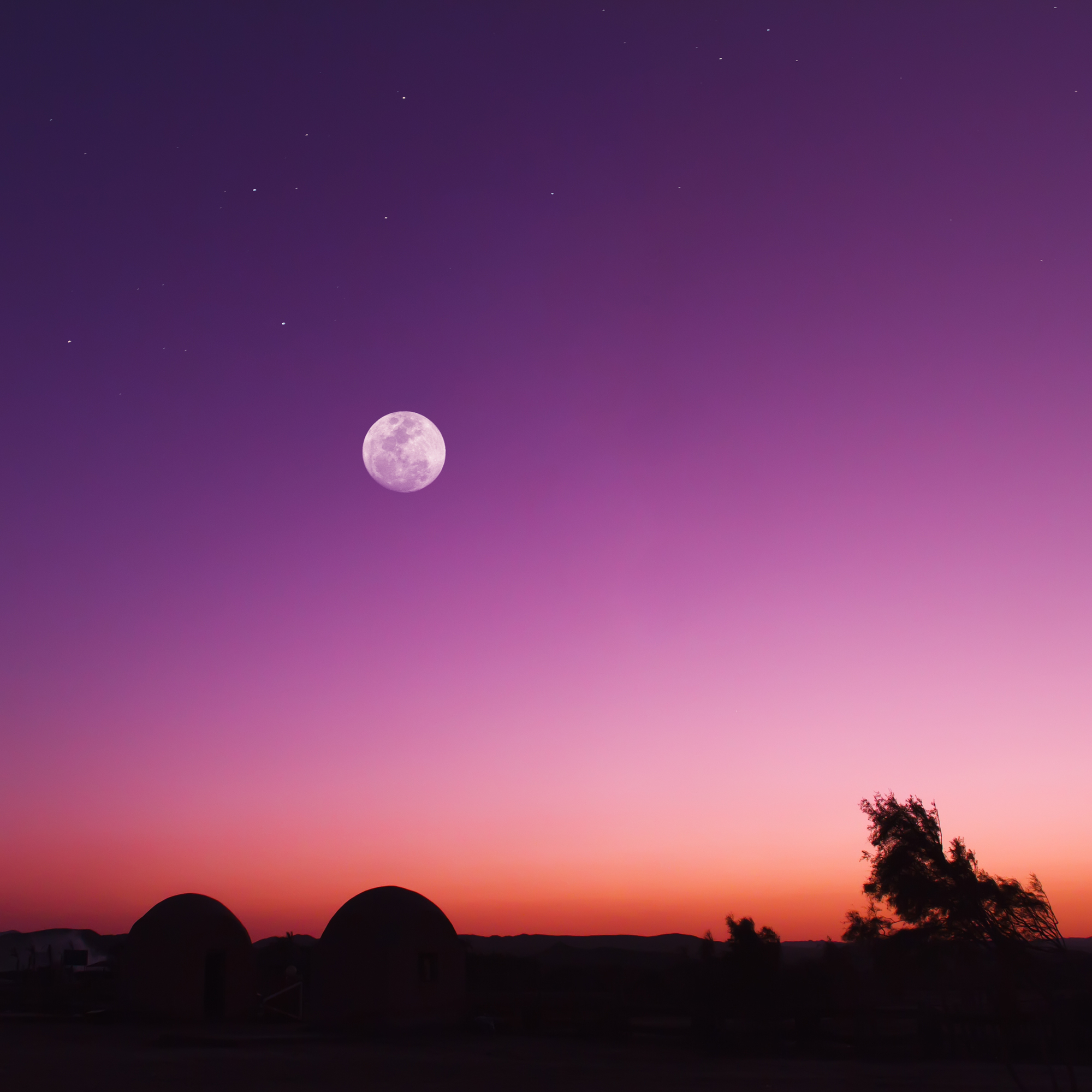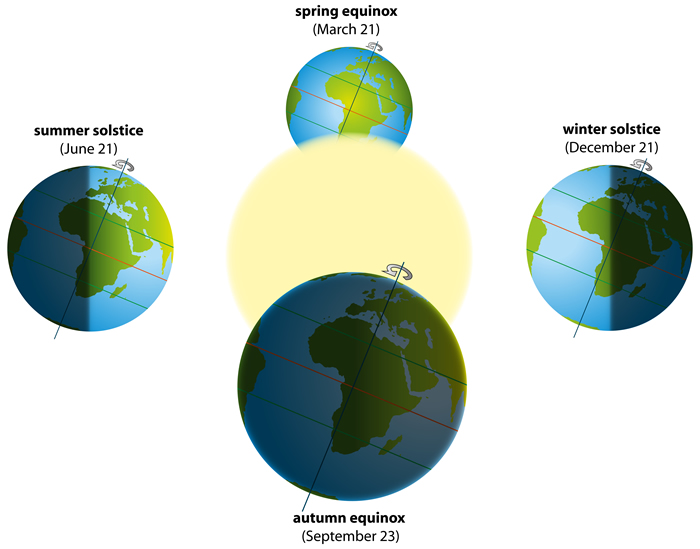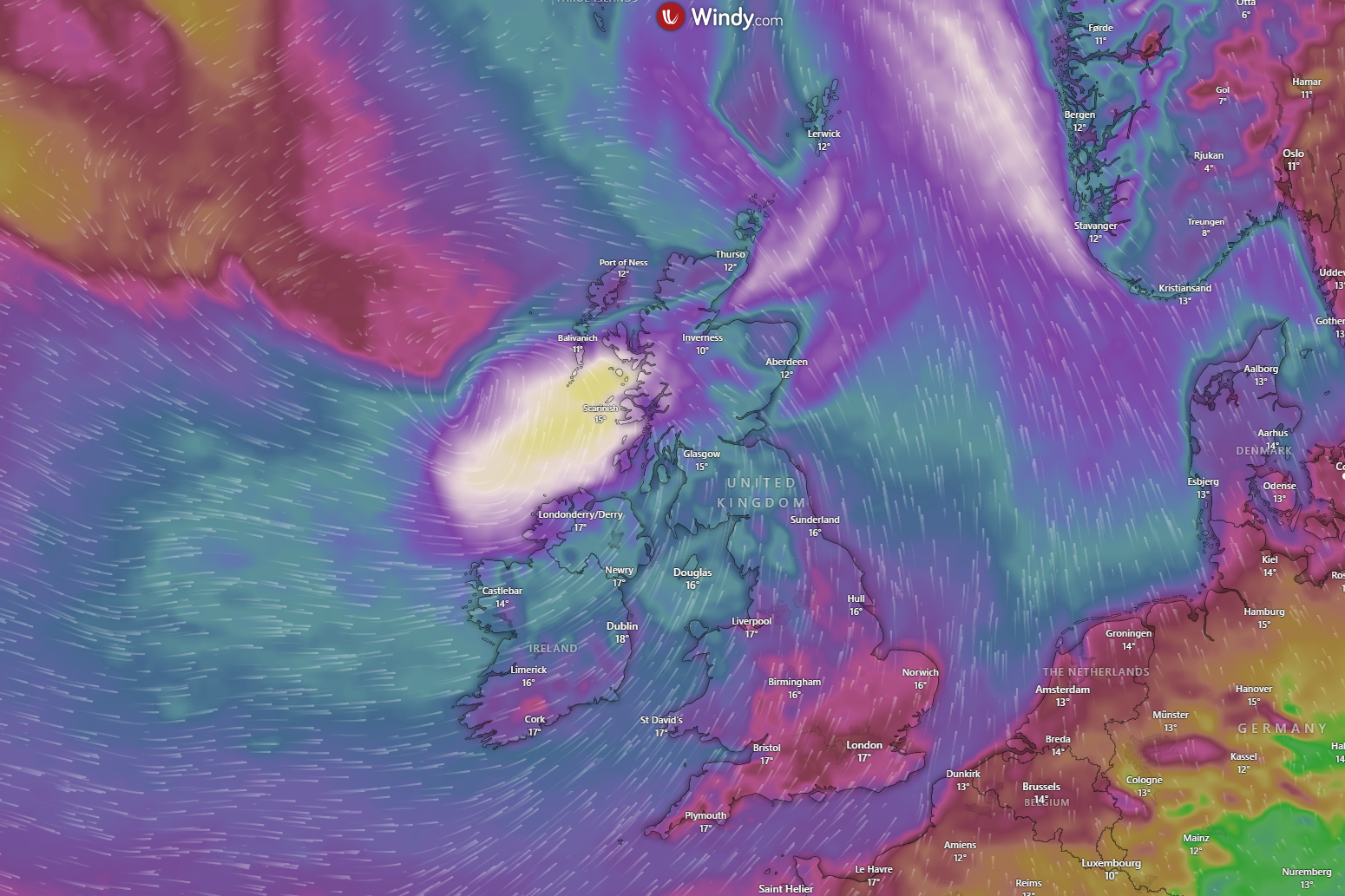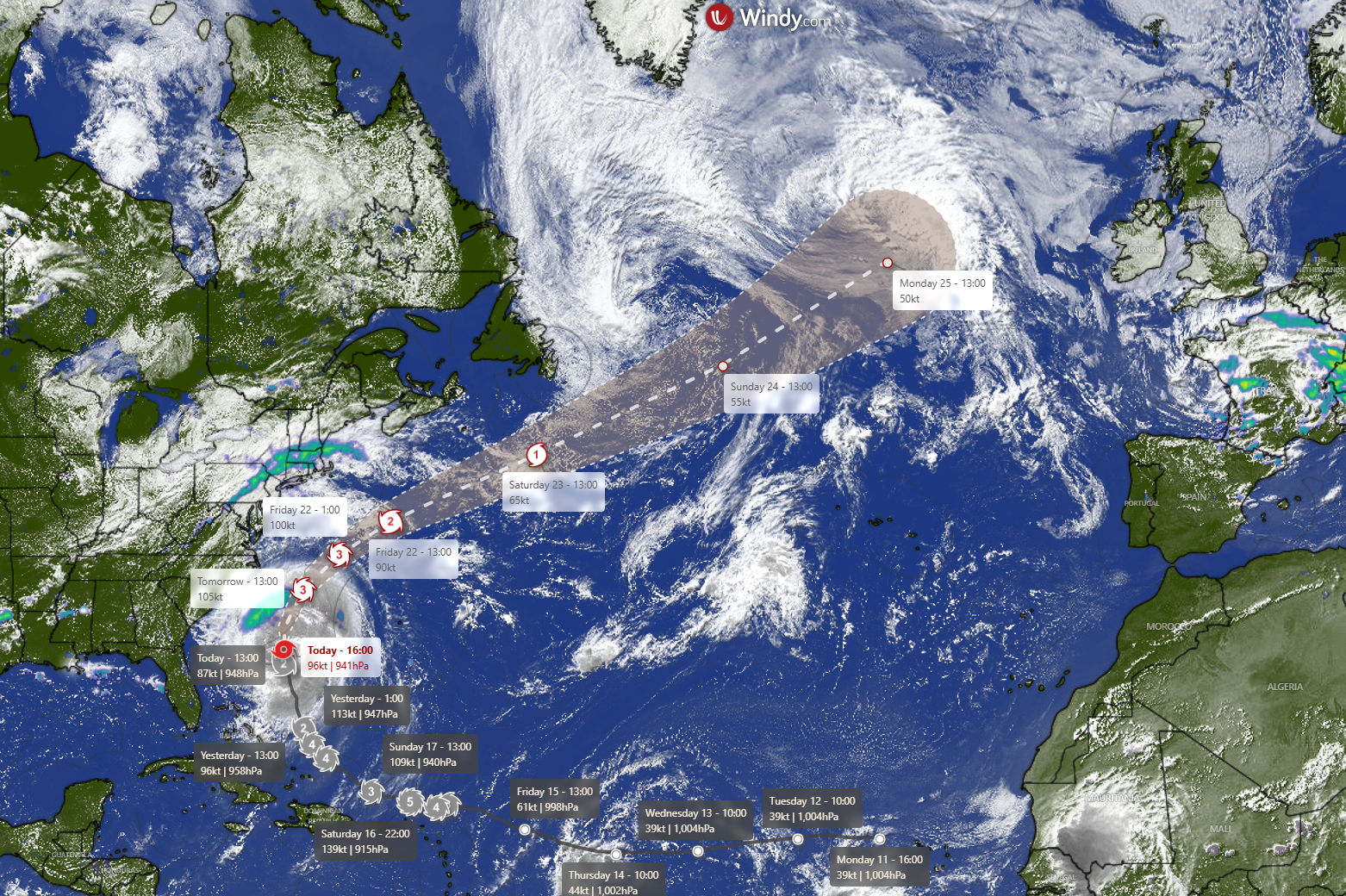

What is the autumn equinox?
As you have very likely noticed, the sun is setting earlier and the nights are getting longer. The autumn equinox falls on 22 September this year and marks the day when day and night are equal length.
The word "equinox" is derived from Latin and literally translates to "equal night". On these days, everywhere on Earth experiences roughly 12 hours of sunshine and 12 hours of darkness. The Earth's axis is titled at an average of 23.5°. As the Earth travels on its year-long path around the sun it is tilted towards or away from the sun, which this gives us our seasons. But, on the day of an equinox, the tilt of Earth's axis is perpendicular to the Sun's rays, producing a nearly equal amount of day and night all over the world. The equinox is also one of only two days a year when the sun rises due east and sets due west. Normally, the autumn equinox falls between 22 and 24 September, and this year, the equinox will occur on 23 September 2023.

However, if you really like detail, in the last paragraph, it states the equinox marks when day and night are "roughly equal". Strictly speaking, there is not exactly 12 hours of light and 12 hours of darkness on the equinox, with the amount varying by a few minutes. This is because the equinox is measured with respect to the Sun's centre, not the edge of the sun. Therefore, although it appears the sun has risen, the centre is still below the horizon. Additionally, light is refracted (able to bend) which means it begins to appear light before the sun has risen, as well as a few extra minutes of light after the sun has set. Because of these two factors, the date when day and night are exactly equal is called the equilux, which occurs a few days after the autumn equinox.
You may be asking, hasn't autumn already started? For meteorologists, they use 1 September as marking the first day of autumn. The main reason behind this is that it makes it simpler to compare seasonal and monthly statistics. Whereas, autumn beginning on the day of the equinox is based on astronomy, taking into consideration Earth's orbit and proximity to the Sun.
Over the next 12 weeks as we approach December, the Northern Hemisphere of Earth will tilt further away from the sun. By 21 December, the sun will have reached its lowest point in the sky during the day, marking the December solstice - at which point, daylight hours will begin to increase once again.




